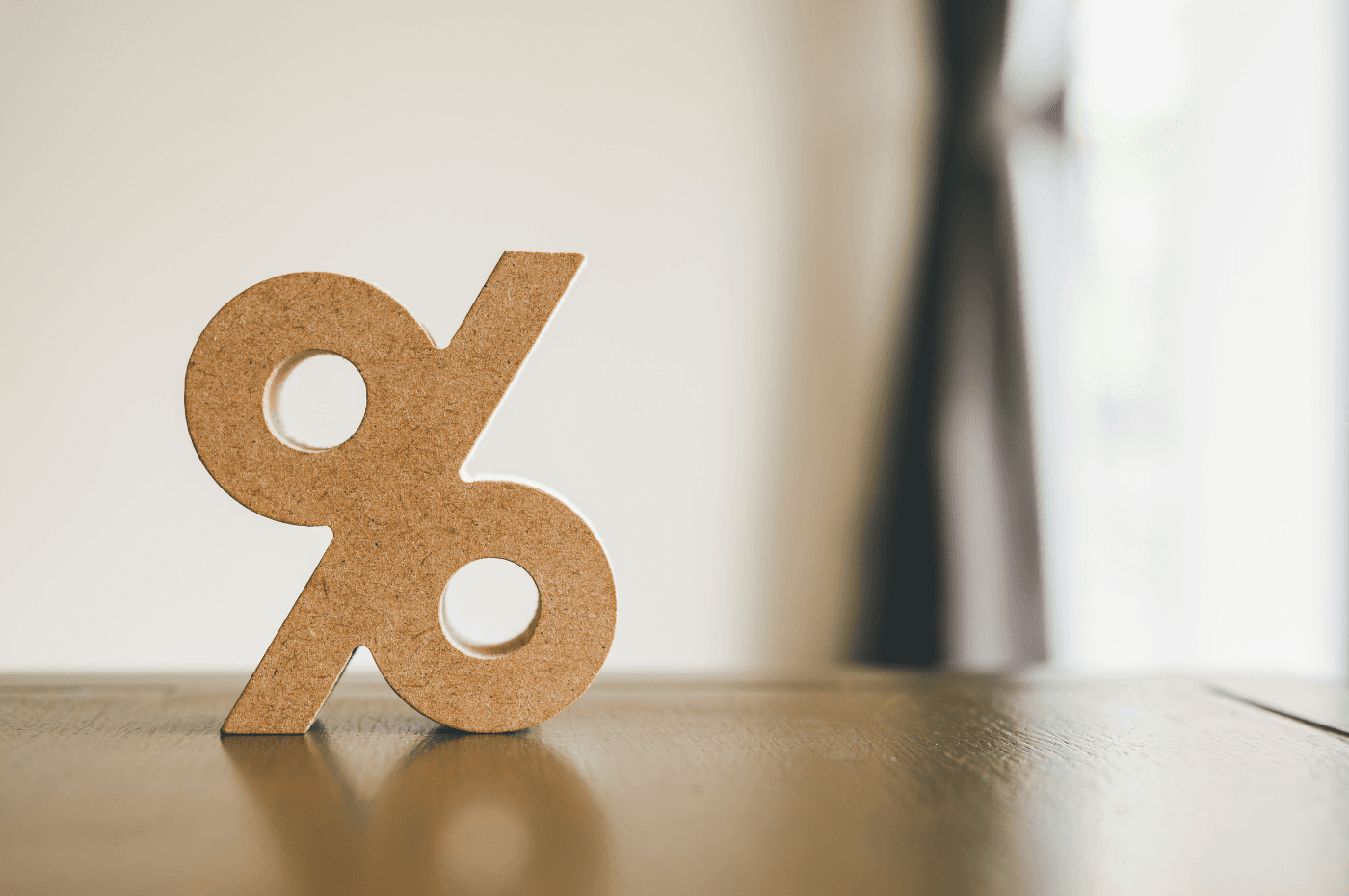It’s never too late or too early to keep track of your finances, and there are plenty of compelling reasons to do so. Facing your financial reality can be quite challenging, but it’s necessary to gain control.
There are many motivations for making a budget. Are you thinking about becoming a homeowner and want to determine what type of property you can afford? Do you have debts that you want to manage more effectively? Are you saving for a specific project? Do you want to improve your credit score? Or perhaps you simply want to gain a clearer understanding of your financial habits?
Let’s dive into the foundational steps that will help you create a successful budget.

Creating a budget: how to get started?
Regardless of your short- and long-term goals, you can create a budget that aligns with your financial objectives. So, where do you begin? There are various types of budgets: family budgets, monthly budgets, weekly budget, and more. While these budgets may differ in structure, the fundamental components are consistent across the board.
-
Find a budget tool
One of the first steps in creating your budget is to find a budgeting tool that suits your needs. There are various approaches to budgeting, so it’s important to choose the one that works best for you. Some options include:
- Online budgeting tools: For example, the budget planner from the Government of Canada or the monthly budget calculator from Épargne Placements Québec.
- Financial institution tools: Many banks offer online budgeting tools to help you manage your finances and that are directly linked to your bank account.
- Mobile budgeting app: some apps can sync with your bank account for real-time tracking.
Alternatively, some people prefer to create their own budgeting spreadsheets using programs like Excel or even do their budgeting on paper. The key is to select a tool that is easy to use, fits your situation, and encourages you to keep your financial data up to date.

2. Fill Out Your Budget
Start by determining your net monthly income, which can come from various sources like your job salary, tips, or child benefits.
Next, identify your expenses, which fall into three distinct categories:
- Fixed Expenses
- Variable Expenses
- Occasional Expenses
Fixed Expenses
These are costs that remain constant each month, typically including:
- Rent or mortgage payments
- Insurance (home, car, life, health)
- Internet, TV, and phone bills
- Hydro-Québec service
- Car payments or public transport fees
- Childcare payments
- Minimum debt payments
- Emergency fund contribution
Expert often recommend that all housing-related expenses such as rent, utilities and communication services, should ideally not exceed 35% of your monthly salary.
Variable Expenses
These costs can fluctuate from month to month and may include:
- Groceries
- Dining out
- Entertainment and recreation
- Gas for your car
- Clothing and beauty products
- Healthcare expenses such as medication, massages, therapy, etc.
- Expenses for children
- Expenses for pets
- Credit card repayments
Occasional Expenses
These are non-recurring expenses that may arise periodically, such as:
- Car registration fees
- Car repairs
- Vacations
- Education-related payments such as back-to-school supplies
- Municipal and school taxes
3. Budget you income
Decide how much of your income to allocate to each category. You can use methods like:
The 50/30/20 rule
This method divides your income into three categories:
- 50% for needs: essential expenses such as housing, utilities and groceries.
- 30% for wants: Non-essential items like entertainment and dining out.
- 20% for savings and debt repayment: contributions to savings accounts and paying off debts.

The envelopes system
This system involves using cash for budgeting:
- Categorize your budget: create envelopes for different spending categories such as groceries, entertainment, pet care, etc.
- Allocate cash: fill each envelope with the amount you’ve set for that category each month.
- Spending limits: once the cash in an envelope is gone, you cannot spend more in that category until the next month, helping you control your spending.
Using these kinds of methods can effectively help you manage your income, stay within budget, and prevent overspending.
4. Keep regular track
When you first create your budget, it’s important to be patient. To make it effective, you need to track your spending habits regularly. The initial months are especially essential for gathering data that will help you understand your financial habits.
To do so, keep all your receipts and record your daily expenses in your chosen budgeting tool.
And remember, one of the most common budgeting mistakes is failing to track your budget consistently. Make sure to avoid this mistake! Regular monitoring will help you stay on top of your finances and make necessary adjustments as needed.
Do you have any debt to pay?
Creating a budget can be a great way to visualize all your debts. Start by listing all your debt along with their minimum monthly payments and interest rates. With this information in front of you, you can make a plan for repayment.
There are two popular methods for tackling debt: the Snowball Method and the Avalanche Method.
If you choose the Snowball Method, start by listing all your debts from smallest to largest. Make the minimum monthly payments on all of them. If you have any extra funds, focus on paying the smallest debt first. Once that debt is settles, take the minimum monthly amount you were paying on it and add it to the next debt, and so on.
If you prefer the Avalanche Method, start by listing all your debts from the highest interest rate to the lowest. Just like the snowball method, make the minimum monthly payments on all your debts. Focus on paying off the debt with the highest interest rate as quickly as possible. If you have extra money or receive unexpected funds, direct those towards your highest-interest debt.

Good debt vs. bad debt: what’s the difference?
While all debt carries some level of risk, some debts are considered good, and others are seen as bad. Understanding the difference is key.
Good debt can enhance your net worth once paid off. Examples include mortgage and student loan, which typically invest in assets that appreciate over time or in education that can lead to higher earnings.
Bad debt usually arises from non-essential purchases and is often associated with high-interest rates. Bad debts typically do not retain value over time. A common example is credit card debt, which can accumulate quickly and lead to financial hardship.
You have a real estate project you want to achieve?
XpertSource.com can help you find a real estate broker. When you tell us about your project, we put you in touch with qualified resources for free. Simply fill out our form (it only takes a few minutes) and we will connect you with professionals.





